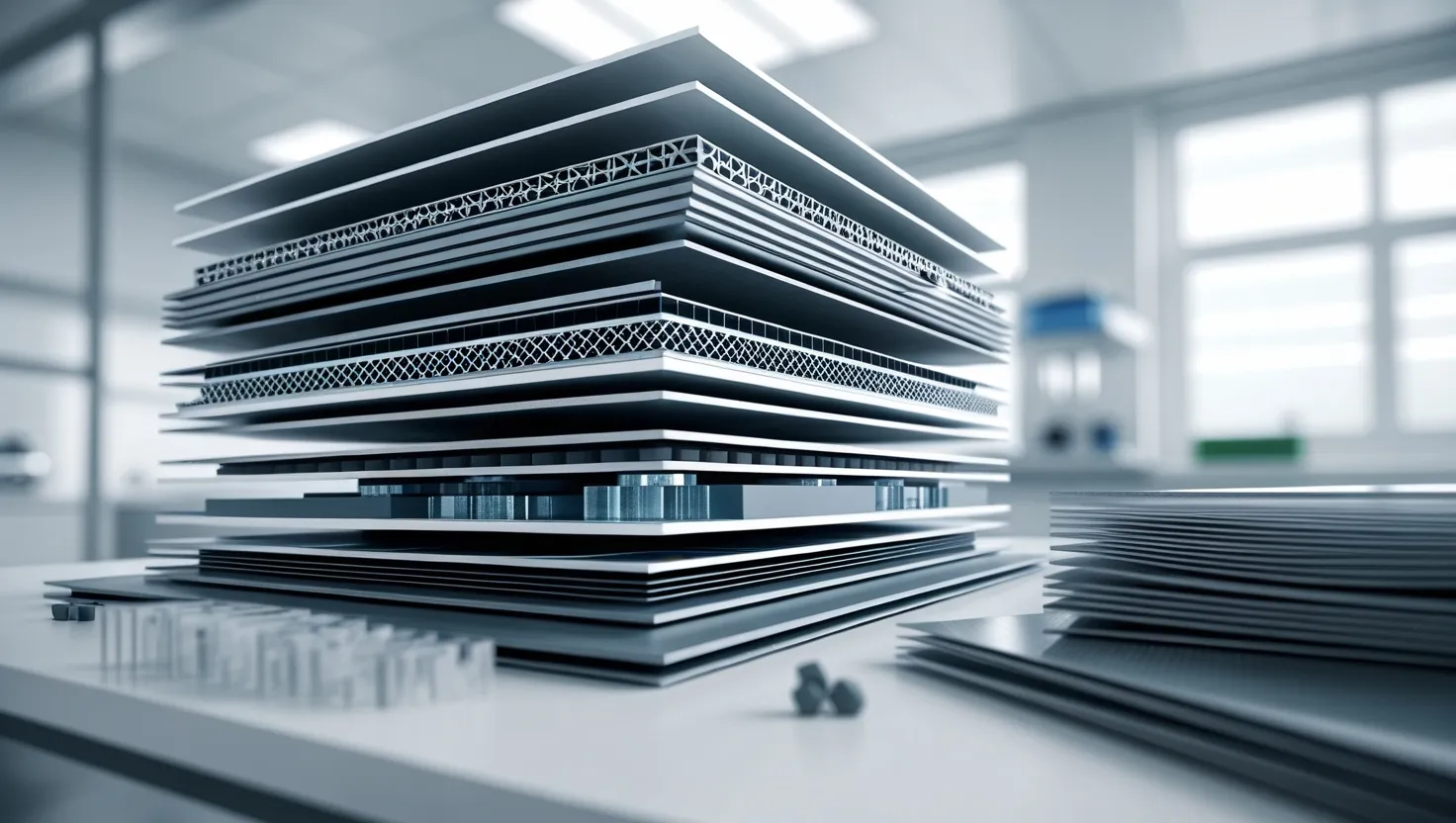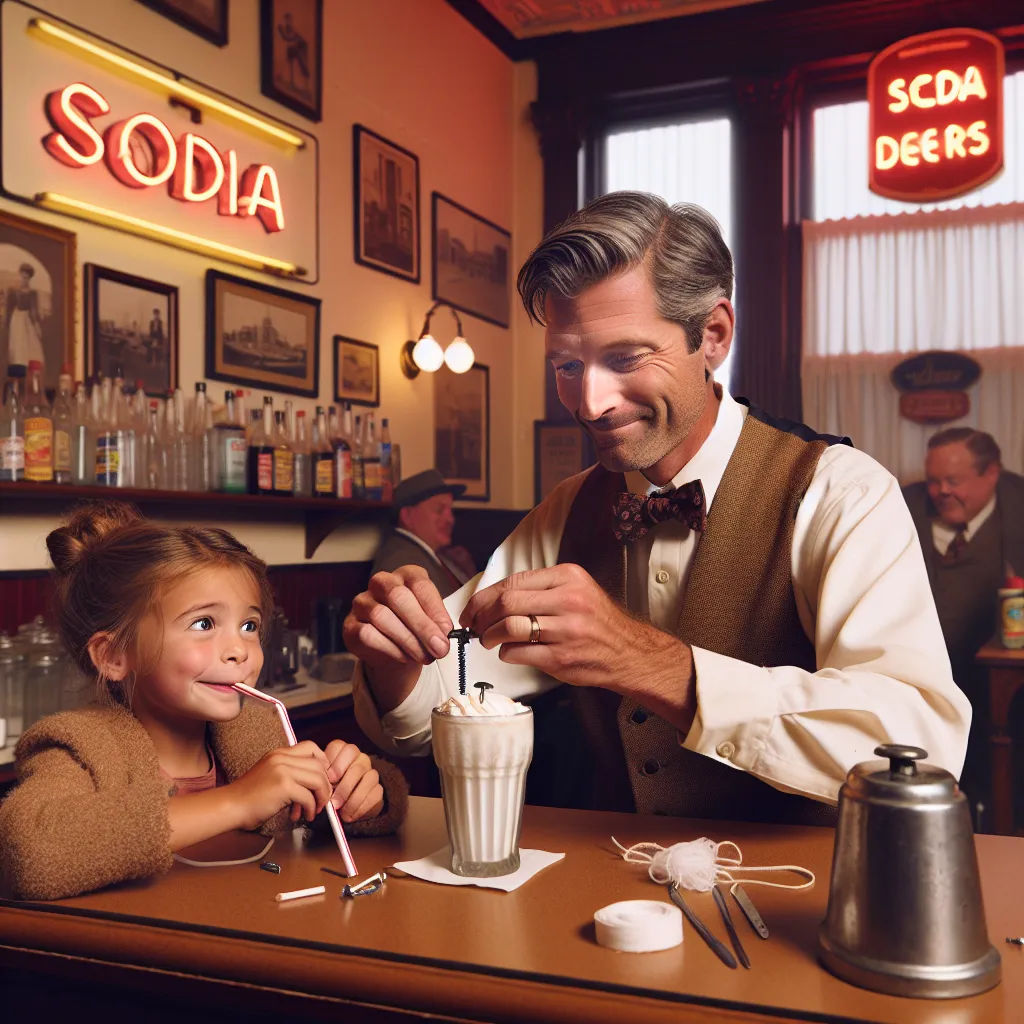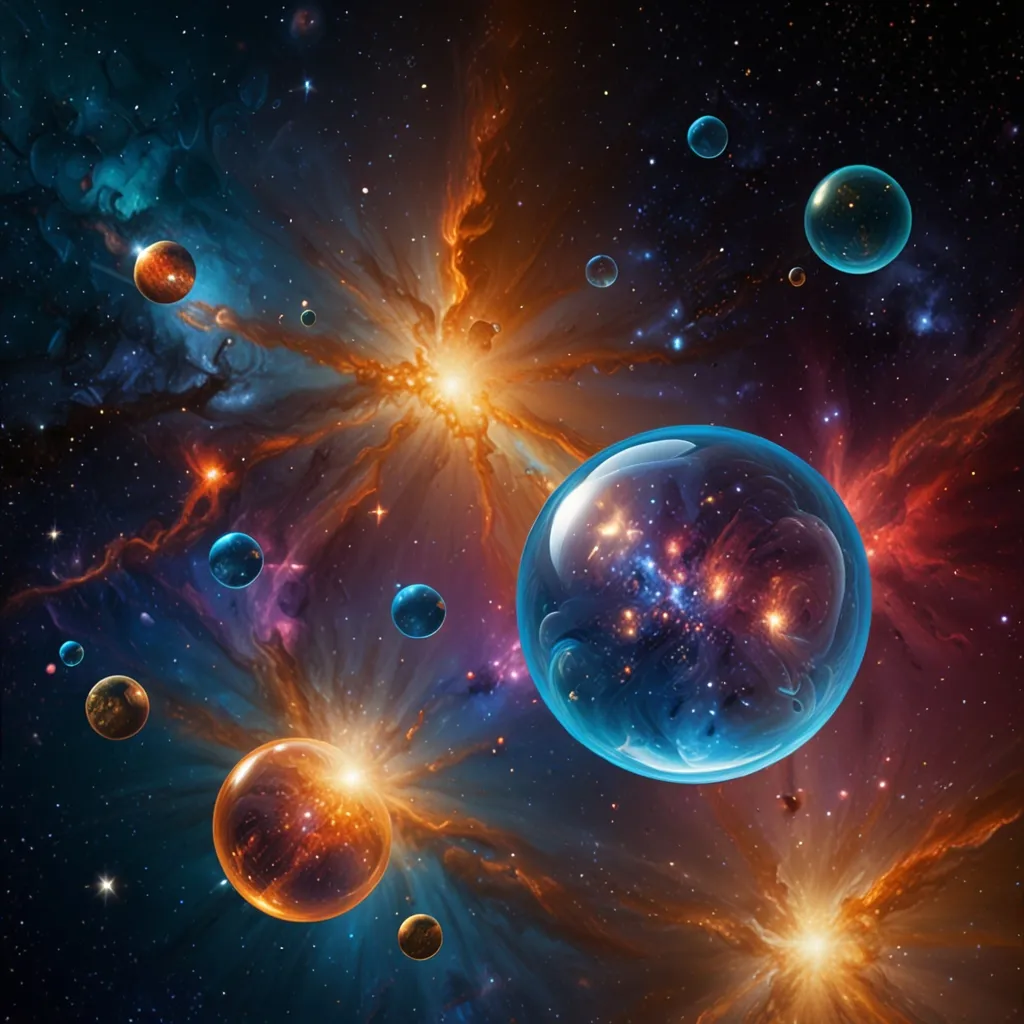Ever had one of those heart-stopping moments where you felt you’d just had a close shave with death? The kind where you look back and think some guardian angel was looking out for you? Well, what if the universe played a more cosmic game with our lives? Imagine you actually checked out that day, and what you’re experiencing now is just one of many realities—one where you’re alive and kicking, simply taking life for granted.
Intriguing, right? This wild idea comes courtesy of the many-worlds interpretation of quantum physics, a theory supported by some heavy-hitters in theoretical physics. It throws a fascinating curveball at our understanding of life and death, not just for us but for our loved ones too.
To dive into this multiverse rabbit hole, let’s consider how quantum mechanics ticks. At its core, quantum physics tells us that everything is based on probabilities. So, particles aren’t really stuck being particles; they’re waves of possibilities. The Copenhagen interpretation—the mainstay theory—suggests these probability waves collapse into particles only when observed. But don’t worry, it’s not about conscious peeping; any measurement or interaction counts as an observation.
Enter the many-worlds interpretation, which scrubs the idea of this collapse altogether. Instead, it pitches that reality is one ever-splitting wavefunction, a tapestry of branching possibilities. Every measurement or observation doesn’t just make one outcome happen—it spools off alternate realities where every conceivable outcome occurs. That’s how this interpretation sprouted its name, painting a universe eternally fracturing into countless parallel realities.
Now, why would physicists buy into what sounds like a sci-fi script? Well, many-worlds captures the random nature of quantum mechanics and makes room for all events to happen across parallel universes. So, every time you dodged death, somewhere, in an alternate version of events, you weren’t so lucky. But you wouldn’t know, because in this reality, you made it through.
A pretty mind-boggling offshoot of this theory is quantum immortality. If true, it means there’s always another version of the universe where any doom-laden fate didn’t catch up to you. It could mean endless instances of you surviving due to some fluke quantum event. And this potentially never-ending survival game extends to your nearest and dearest. Imagine, in some other realm of existence, those who’ve passed on in this world are alive and hanging out with a version of you.
The notion teeters close to ideas of immortal consciousness or even something akin to an immortal soul. But let’s not conflate the two. Unlike the traditional concept of a soul—a free-floating essence—quantum immortality keeps your consciousness glued to your body. In practical terms, if you’ve ever brushed against death but made it out alive, you still meet the same fate in another realm; it’s just your own consciousness is stuck in this lively storyline.
This was exactly what Hugh Everett had in mind when he proposed the many-worlds interpretation back in 1957. He postulated that we can go on living endlessly, with death merely a cross-fade to another existing line of events where survival prevailed. However, he left this world as suddenly as anyone else, when a heart attack claimed him in 1982. Heartbreakingly, his daughter Liz, who took her life in 1996, penned a suicide note expressing hope to reunite with her father in some alternate dimension.
There are, naturally, some issues with putting all bets on this theory. Not every physicist’s on board—neither the many-worlds nor the Copenhagen interpretation is the official consensus. Plus, quantum mechanics plays by strict rules. For instance, falling off a skyscraper means zilch chance of walking away in most realities. Also, Max Tegmark, another physicist, points out that the split into different universes hinges on binary choices—like instant death versus survival—not so much when life dwindles away bit by bit.
So, while science might not be sewing infinite lifelines to keep us around the clock, what if, in accepting many-worlds, there’s a kind of comfort? Those we’ve dearly lost may indeed be thriving and living their best lives somewhere among an infinite sprawl of existence. We may not access these dimensions in our conscious experience, but the possibility alone breathes a novel perspective into the cycle of life and loss.
Should we ever find proof that many-worlds holds water, it opens a door to mysteries we can only dream of today. Maybe someday, such cosmic revelations will change how we grapple with existence itself, reminding us of the vast, unseen beauty of the universe surrounding our own tiny twig of life. Until then, this fantastic tale of quantum theory and parallel universes remains one of those rare contemplations that gets us all thinking—about everything and nothing all at once. It’s like peeking into the narrative twist of an epic novel, where every page turned flips reality into another chapter entirely.






